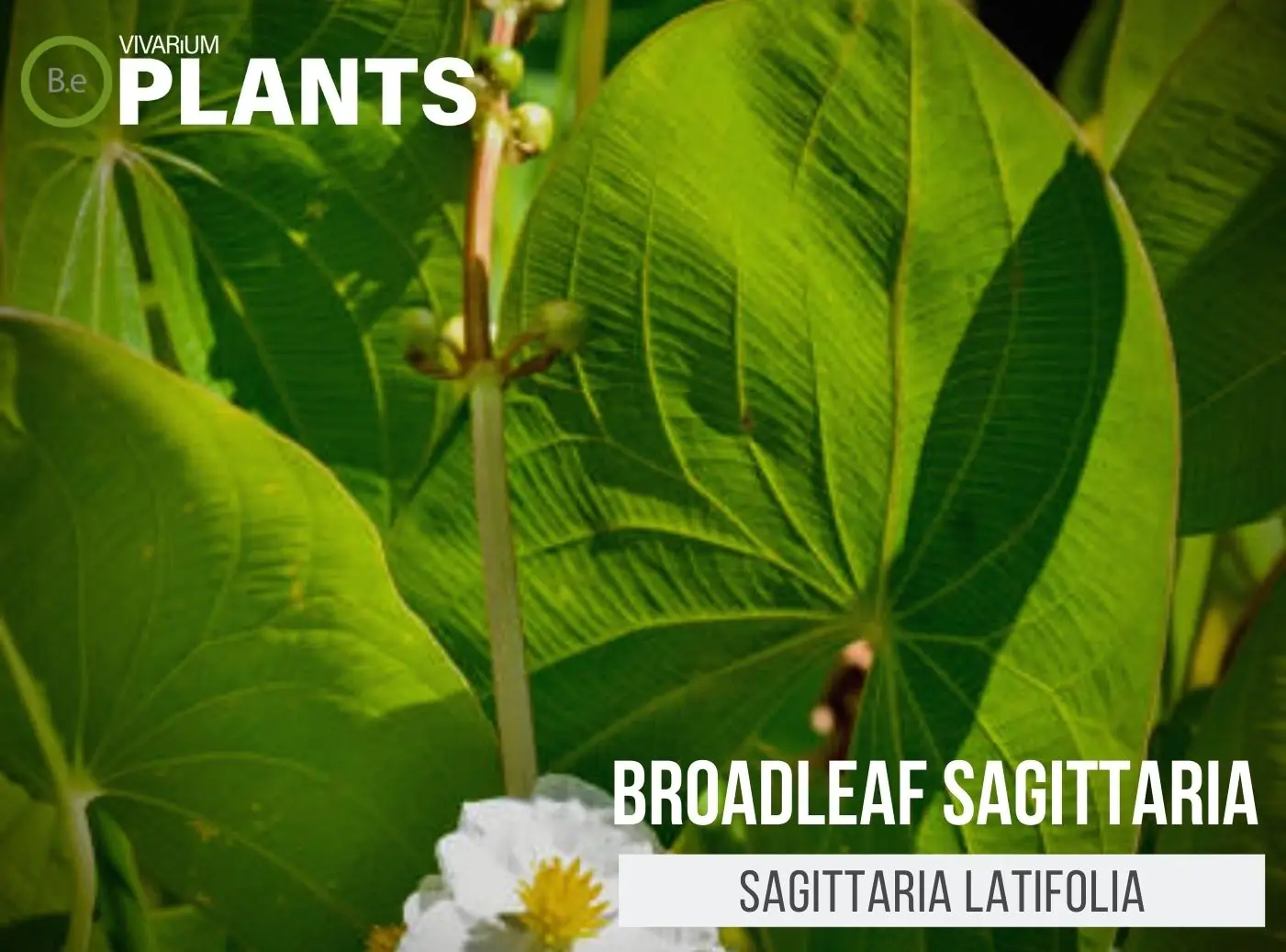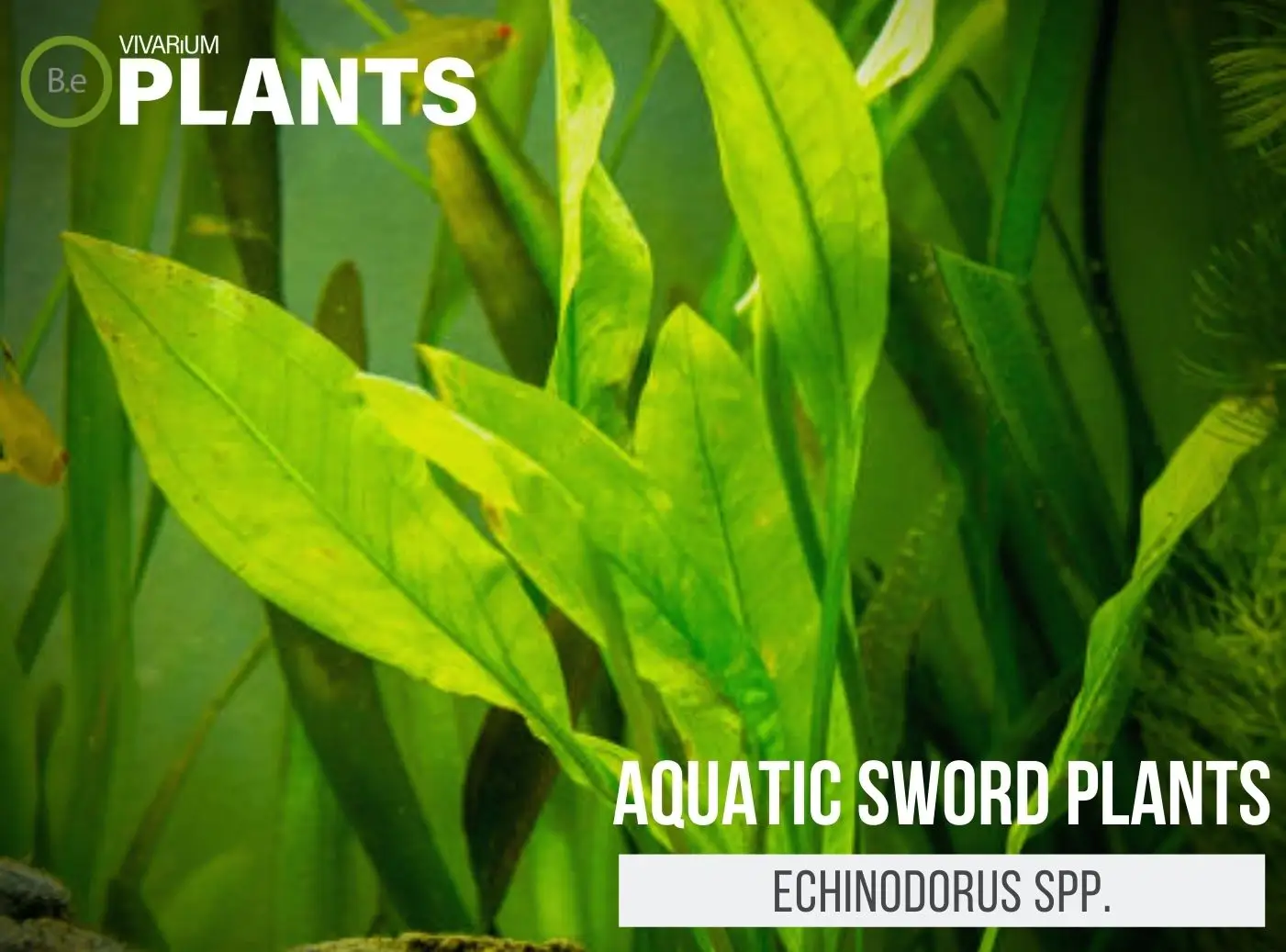Hemianthus callitrichoides, more commonly known as “Dwarf Baby Tears” is a miniature aquatic plant that is becoming a popular choice among many vivarium hobbyists today.
Despite its small size, it is a great foreground carpet plant that can bring an entire vivarium together when used properly.
It can be found in many freshwater aquarium stores and is easily one of the most sought-after aquarium plants in the world today.
Table Of Contents:
ToggleQuick Stats:
Scientific Name: Hemianthus callitrichoides
Family: Scrophulariaceae
Common Names: Dwarf Baby Tears, Pearl Grass
Habitat: Aquatic
Height: 2 to 4 inches
pH Range: 6.0 to 8.0
Temperature: 65°F to 85°F
What Is Dwarf Baby Tears?
Hemianthus callitrichoides, otherwise known as ‘Dwarf Baby Tears’ is a tiny aquatic plant species native to the Tropical Americas.
It has bright green, small leaves that grow in circular clumps in an alternating pattern.
Although it is native to warm temperatures, helianthus callitrichoides can survive and grow in cooler water if the right conditions are met.


Dwarf Baby Tears Facts
Hemianthus callitrichoides is one of the smallest aquarium plants ever found, its leaves can only reach up to half an inch in size.
In its natural habitat, it often grows in medium light levels on upward-facing rocks, which can help with the propagation of this species.
Description
Hemianthus callitrichoides has very unique leaves that are ovate-shaped with pointed tips and grow to around half an inch in size.
They grow in circular clumps in an alternating pattern and can have various depths of green, with some even being yellowish-green under low lighting conditions.
Habitat
Hemianthus callitrichoides can be found in the Tropical Americas and can survive temperature ranges of 65°F to 85°F.
It grows in medium light levels on upward-facing rocks and low-light levels beneath overhanging trees.
pH Preference
This plant prefers a slightly alkaline environment (pH range 6.0 to 8.0).
Vivarium Type
Dwarf Baby Tears is quite an easy-going species. With that in mind, it will not be too complicated when choosing the type of enclosure it is grown in.
It is best to try and replicate the plant’s natural habitat as much as possible. Doing so will make it easier to provide this foliage plant with its basic needs.
The proper setup and theme of the enclosure will make a big difference to the overall look and health of the plant. Be sure to choose setups that are moist and high in humidity.
Here are recommended vivariums it will do well in:
-
- Paludariums – Half aquatic/ half terrain-based enclosure.
- Ripariums – Mostly aquatic-based enclosures with some terrain features present.
- Aquariums – Fully aquatic-based enclosure with little to no dry terrain.
Vivarium Placement
Hemianthus callitrichoides grows best when planted in the foreground of aquariums or semi-aquatic vivariums.
They look best when creating a uniformed carpet throughout the substrate and require medium light levels to maximize their growth potential.
Before adding it to your aquarium, be sure you know what type of substrate it will (or won’t) grow in.
Substrate
Hemianthus callitrichoides prefer sand or inert gravel substrates, with sand being their choice substrate.
Be sure to clean the substrate well before planting and have an acidic substrate that has plenty of nutrients for the Dwarf Baby Tears plant to absorb.
Lighting
Hemianthus callitrichoides does best under medium aquatic lighting. Too much light can cause this species to bleach and die off, so avoid placing it in direct sun when possible.
High-quality LED bulbs are best used when lighting a semi-aquatic vivarium or aquarium with Dwarf Baby Tears.
Buy Dwarf Baby Tears
When buying Baby Dwarf Tears, there are a few things to keep in mind. Making sure the plant is healthy when purchased is essential for its success in an aquarium or pond. Vegetation that is already in poor conditions will have a very hard time adjusting to new environments.
Click the image below to learn more about the current price and other relative info about this plant.
Dwarf Baby Tears Care & Propagation
Hemianthus callitrichoides are very fragile plants and are sensitive to changes in water chemistry, making them harder to maintain than other aquarium plants.
The best way to propagate this species is to take clippings of an existing plant and plant it in the substrate.
How To Grow
Hemianthus callitrichoides are very slow-growing and require patience and proper maintenance. The best way to grow this species is to provide adequate lighting and moderate water flow.
Apply liquid carbon and magnesium supplements to the water and make sure the environment is not too acidic. Bottom fertilization and regular water changes will also help promote the growth of Dwarf Baby Tears.
Water Requirements
Hemianthus callitrichoides requires a consistent level of water and should have the water changed out at least once every two weeks.
When performing a water change, be sure to use an aquarium siphon to remove debris and uneaten foods that can pollute the tank.
Plants Similar To Dwarf Baby Tears
Adding diversity to an enclosure is key to an aesthetically pleasing setup. Try mixing up the look of your vivarium with different flora that can easily co-exist in the same types of environment.
Furthermore, if for some reason you find Dwarf Baby Tears hard to acquire or would like to consider something similar to this aquatic plant… Here are other carpet plants you might find will do well with or in place of Hemianthus callitrichoides:
Conclusion
Hemianthus callitrichoides is a great foreground plant to have in a semi-aquatic vivarium or aquarium that is easy to maintain and can bring life to any enclosure.
With proper care and patience, this plant will add a unique color and texture to any setup, so be sure to give it all the TLC it needs!
Frequently Asked Questions
Yes, Hemianthus callitrichoides (also known as “Dwarf Baby Tears”) need carbon dioxide (CO2) to grow optimally. Without supplemental CO2, the plant will suffer from stunted growth and have poor coloration. CO2 injection systems for aquariums are readily available and very affordable, making it easy to provide the optimal environment for Hemianthus callitrichoides.
To care for Hemianthus callitrichoides, provide high lighting, nutrient–rich substrate, small water changes, and trimming as necessary. Make sure the water temperature stays between 72–79°F and keep the pH range 6.0–7.5. Avoid intense direct lighting and trim any large plants to encourage growth.
1. Place the Hemianthus callitrichoides stems in the desired area of the aquarium.
2. Cover the roots by sprinkling a thin layer of the substrate over them.
3. Use a forceps or suction cup to adjust the plants and their roots.
4. Secure the Hemianthus callitrichoides plants with plant anchors, such as aquarium-safe thread or stones.
5. Repeat steps 1-4 until the desired area of the aquarium has been planted with Hemianthus callitrichoides.
6. Top up with water as needed and add fertilizer for optimal growth.
Yes, Hemianthus Callitrichoides (HC) can grow on rocks and often forms a mat–like covering with its small round leaves and short stems. This plant is an ideal foreground plant for aquascapes and is often combined with driftwood and stones for an attractive natural effect.
Yes, you can grow Dwarf Baby Tears without CO2 if you provide adequate lighting and parameters for growth. High light intensity and plenty of water circulation will promote healthy growth and should help your plants thrive without the addition of CO2.
The main difference between Monte Carlo and Dwarf Baby Tears is their size. Monte Carlo has larger leaves and a thicker root mass compared to Dwarf Baby Tears, which have smaller leaves and a thinner root mass. Monte Carlo also requires more trimming than Dwarf Baby Tears and grows faster. Dwarf Baby Tears, on the other hand, spreads more slowly which makes it ideal for small aquariums or Nano tanks.
To keep dwarf baby tears from floating, they should be planted in a nutrient–rich substrate and anchored with small weights or glue. Additionally, aquarium–safe weighted or suction cups decorations such as jars or driftwood can be used for anchoring at different depths. Pruning and trimming can also help reduce floating.






